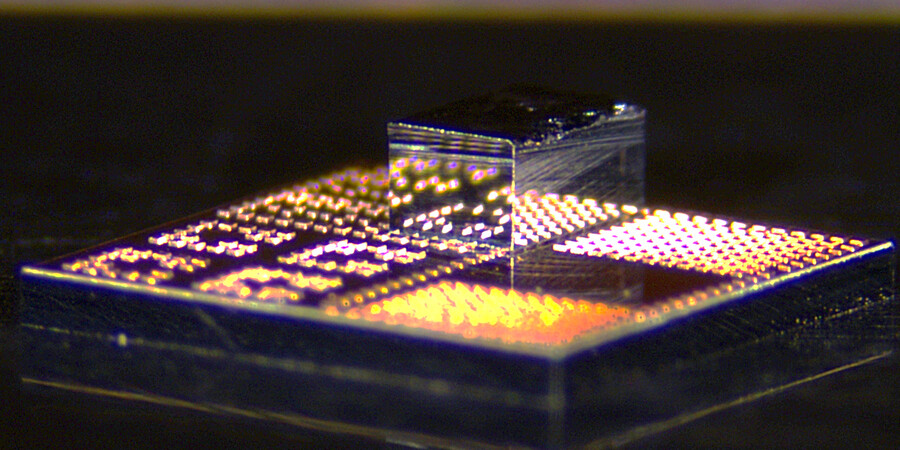March 13, 2023
Hashing is a core operation in most online databases, like a library catalogue or an e-commerce website. A hash function generates codes that directly determine the location where data would be stored. So, using these codes, it is easier to find and retrieve the data.
However, because traditional hash functions generate codes randomly, sometimes two pieces of data can be hashed with the same value. This causes collisions — when searching for one item points a user to many pieces of data with the same hash value. It takes much longer to find the right one, resulting in slower searches and reduced performance.
Certain types of hash functions, known as perfect hash functions, are designed to place the data in a way that prevents collisions. But they are time-consuming to construct for each dataset and take more time to compute than traditional hash functions.
Since hashing is used in so many applications, from database indexing to data compression to cryptography, fast and efficient hash functions are critical. So, researchers from MIT and elsewhere set out to see if they could use machine learning to build better hash functions.
They found that, in certain situations, using learned models instead of traditional hash functions could result in half as many collisions. These learned models are created by running a machine-learning algorithm on a dataset to capture specific characteristics. The team’s experiments also showed that learned models were often more computationally efficient than perfect hash functions.
Complete article from MIT News.
Explore
New 3D Chips could Make Electronics Faster and more Energy-Efficient
Adam Zewe | MIT News
The low-cost, scalable technology can seamlessly integrate high-speed gallium nitride transistors onto a standard silicon chip.
Anantha Chandrakasan Named MIT Provost
Kathy Wren | MIT News
A faculty member since 1994, Chandrakasan has also served as dean of engineering and MIT’s inaugural chief innovation and strategy officer, among other roles.
Photonic Processor could Streamline 6G Wireless Signal Processing
Adam Zewe | MIT News
By performing deep learning at the speed of light, this chip could give edge devices new capabilities for real-time data analysis.




